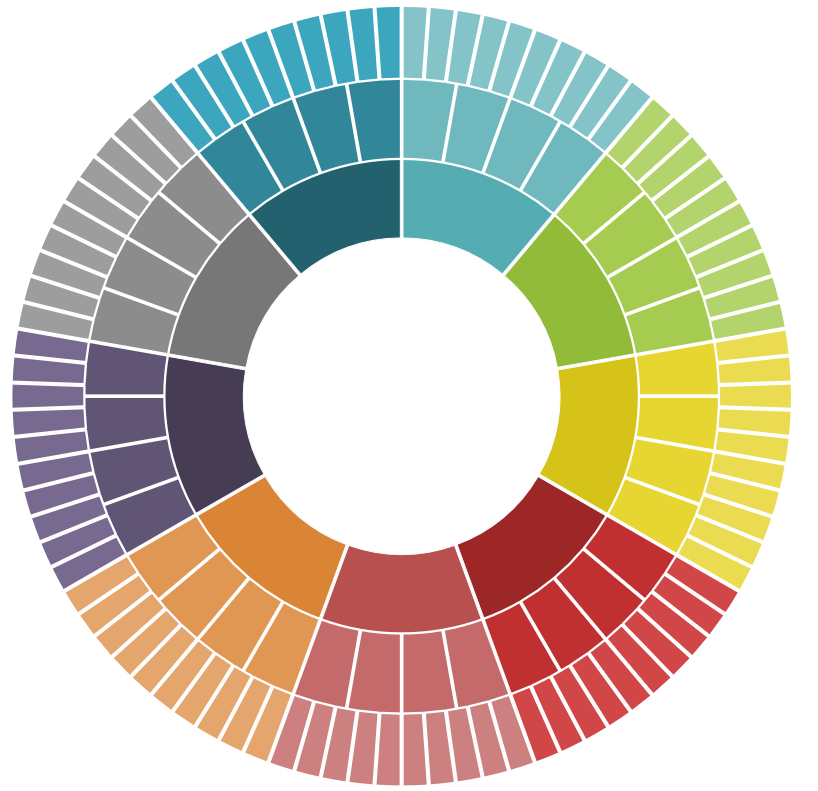Volltextsuche nutzen
- versandkostenfrei ab € 30,–
- 11x in Wien, NÖ und Salzburg
- 6 Mio. Bücher
- facultas
- Detailansicht


Understanding PISA s Attractiveness
Critical Analyses in Comparative Policy Studies


E-Book
(PDF mit drm)
(PDF mit drm)
37,08€
inkl. gesetzl. MwSt.
EPDF (mit DRM) sofort downloaden
Downloads sind nur in Österreich möglich!
Leitfaden zu E-Books
Downloads sind nur in Österreich möglich!
Leitfaden zu E-Books
In den Warenkorb
Click & Collect
Artikel online bestellen und in der Filiale abholen.
Derzeit in keiner facultas Filiale lagernd. Jetzt online bestellen!Artikel online bestellen und in der Filiale abholen.
Artikel in den Warenkorb legen, zur Kassa gehen und Wunschfiliale auswählen. Lieferung abholen und bequem vor Ort bezahlen.
Auf die Merkliste
Veröffentlicht 2019, von Waldow Florian Waldow, Steiner-Khamsi Gita Steiner-Khamsi bei Bloomsbury Publishing
ISBN: 978-1-350-05729-6
Reihe: New Directions in Comparative and International Education
272 Seiten
Understanding PISA's Attractiveness examines how policy makers and the media interpret the results of PISA league-leaders, losers, and slippers in ways that suit their own reform agendas. As a result, a myriad of explanations exist as to why an educational system is high or low performing. The chapters, written by leading scholars from Australia, Austria, Denmark, Finland, Germany, Norway, ...
Beschreibung
Understanding PISA's Attractiveness examines how policy makers and the media interpret the results of PISA league-leaders, losers, and slippers in ways that suit their own reform agendas. As a result, a myriad of explanations exist as to why an educational system is high or low performing. The chapters, written by leading scholars from Australia, Austria, Denmark, Finland, Germany, Norway, Singapore, South Korea, Spain, Sweden, Taiwan, the UK and the USA, provide a fascinating account of why results from PISA and other international large-scale assessments are interpreted and translated differently in the various countries. The analyses in this book bring to light the wide array of idiosyncratic projections into these international tests. In some countries, these tests are also used to scandalise one's own educational system and to generate quasi-external reform pressure. Compiled by two leading scholars in comparative education, Florian Waldow and Gita Steiner-Khamsi, this book offers a truly global perspective on the uses and abuses of PISA and will be of great interest to students and academics working in educational policy, comparative education and political science and those working on large-scale data sets.
Understanding PISA's Attractiveness examines how policy makers and the media interpret the results of PISA league-leaders, losers, and slippers in ways that suit their own reform agendas. As a result, a myriad of explanations exist as to why an educational system is high or low performing. The chapters, written by leading scholars from Australia, Austria, Denmark, Finland, Germany, Norway, Singapore, South Korea, Spain, Sweden, Taiwan, the UK and the USA, provide a fascinating account of why results from PISA and other international large-scale assessments are interpreted and translated differently in the various countries. The analyses in this book bring to light the wide array of idiosyncratic projections into these international tests. In some countries, these tests are also used to scandalise one's own educational system and to generate quasi-external reform pressure. Compiled by two leading scholars in comparative education, Florian Waldow and Gita Steiner-Khamsi, this book offers a truly global perspective on the uses and abuses of PISA and will be of great interest to students and academics working in educational policy, comparative education and political science and those working on large-scale data sets.
